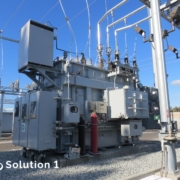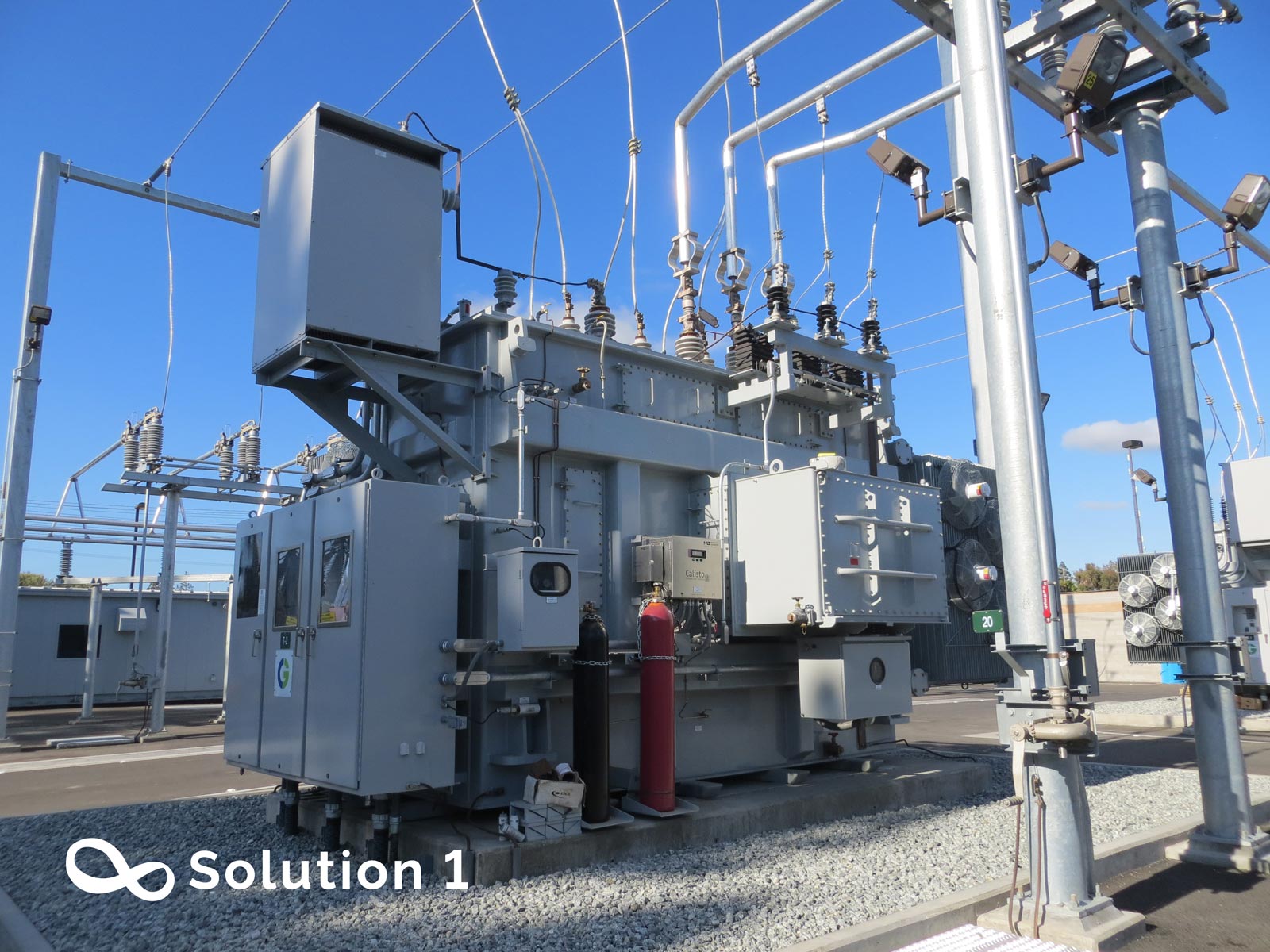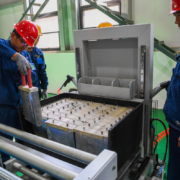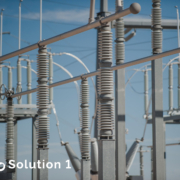The battery energy storage system decreases the impact of peak demand on microgrid assets and allows them to be utilized for extended periods.
- The benefit of battery energy storage system-based peak shaving in microgrids is well documented in.
Rural electrification is a critical issue around the world. It is widely acknowledged that distributing electrical power to rural areas has always been a significant challenge due to the nature of rural communities, which are separated and located far from power generation plants.
Because long-distance cable or line construction and maintenance are inefficient in remote locations. As a result, rural communities with little or no connection to primary grids can only rely on microgrids or independent smaller power networks for power. Traditionally, these microgrids used diesel generators and backup systems because of the low initial cost and simplicity.
In recent years, the advancements in grid technologies have allowed microgrid technologies to reach a more mature state where wind and solar renewable energies are the commonly integrated sources in a microgrid. Despite the advantage of renewable sources, these microgrids, if isolated from the main grid, can be easily affected by power fluctuations, which will subsequently lead to unbalances in the power demand and supply system.
This undesirable event is mainly caused by the intermittent nature of the sources of renewable energy as well as the dynamic load profile, particularly during peak load. Peak load is a particularly sensitive issue for microgrids as it happens occasionally for a small percentage of the time in a day.
Peak load increases the risk of microgrid failure and also leads to power quality issues. To maintain grid stability and improve power quality, the microgrids must solve the peak loading problem.
- It is found that overall revenue from the proposed system is 1.84 times that of the capital investment of the battery.
In the past, the peak load problem is often solved by capacity additions. Commonly, a percentage of the total installed capacity must be reserved for managing peak loads, whereas the rest of the capacity is dedicated to the base load. However, the solution leads to inefficient use of generators, where it is economically not feasible for utilities to maintain generation capacity that will be used only for a very few hours in a day.
It has also several disadvantages, such as it consumes more fuel, creating higher wear and tear on equipment, increasing maintenance costs, and leading to higher carbon emissions. Thus, peak load shaving is a more desirable method to face the challenges of peak load demand.
Potential peak shaving strategies identified in the literature. Such as the implementation of demand-side management, incorporation of an electric vehicle, incorporation of the energy storage system, and integration of a hybrid photovoltaic or battery energy storage system.
However, the integration of a battery energy storage system is the most appealing prospective peak load-shaving option. This technique can be applied in microgrids, grids, industries, and residential buildings to achieve peak shaving. With this strategy, peak shaving operation can be performed by charging the battery energy storage system when demand is low and discharging it when demand is high.
This operation of the battery energy storage system can provide economic benefits as it mitigates the need to use high-priced peak electricity generation. The real benefit of battery energy storage system-based peak shaving is that it allows a microgrid utility to cut peak demand while maintaining customer comfort.











